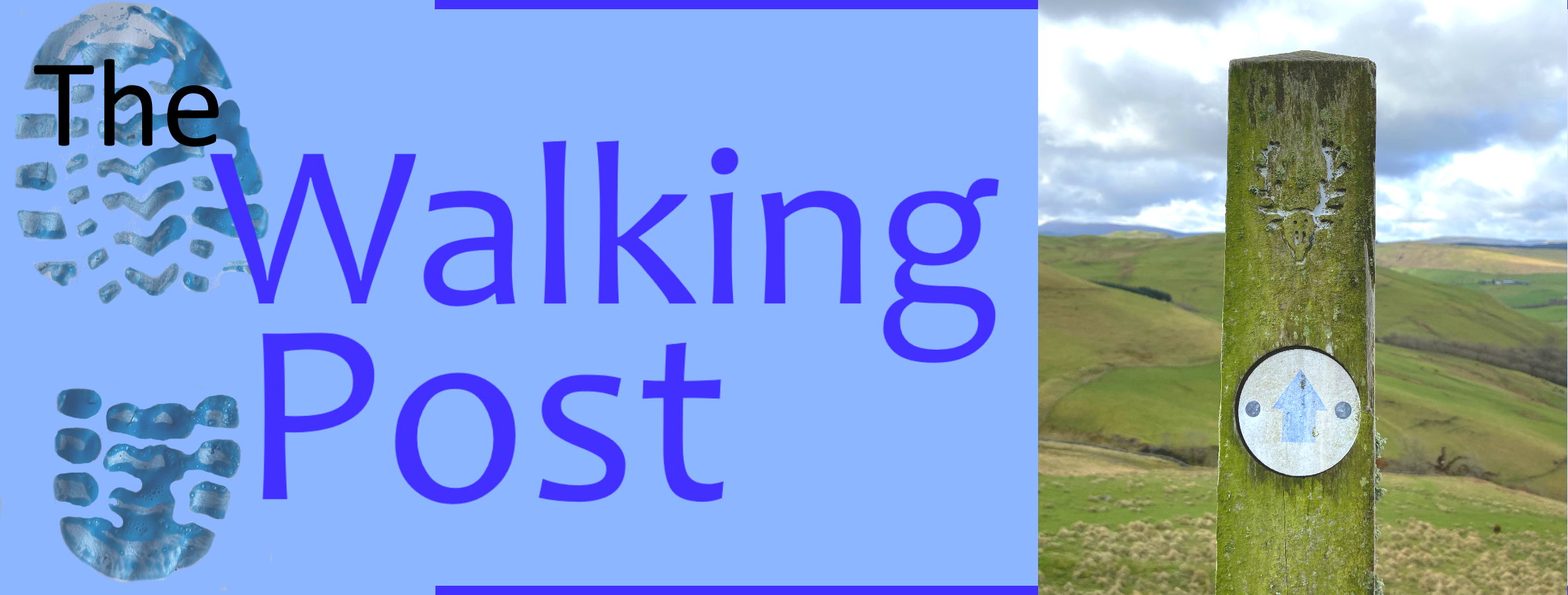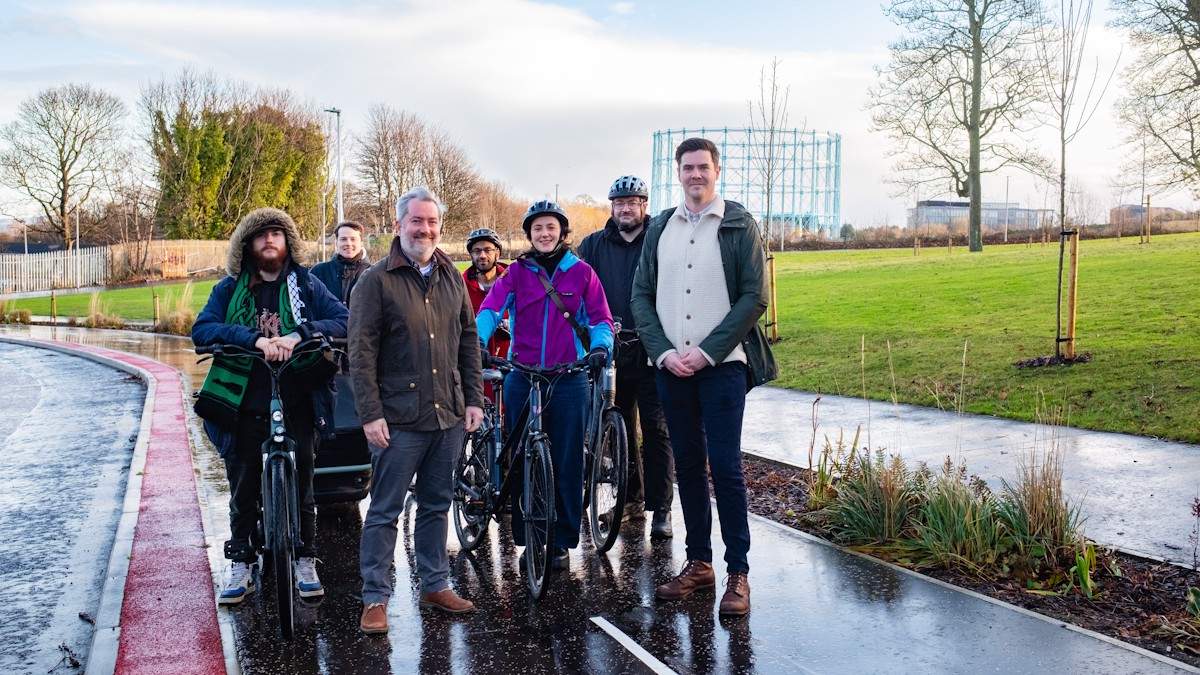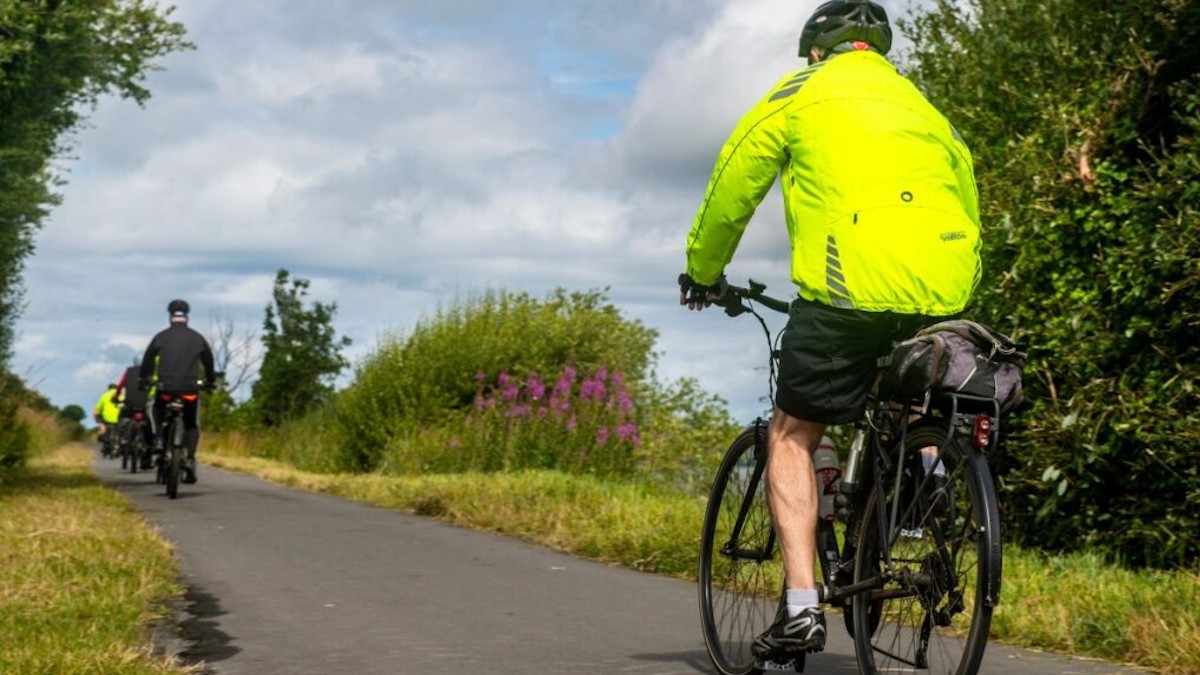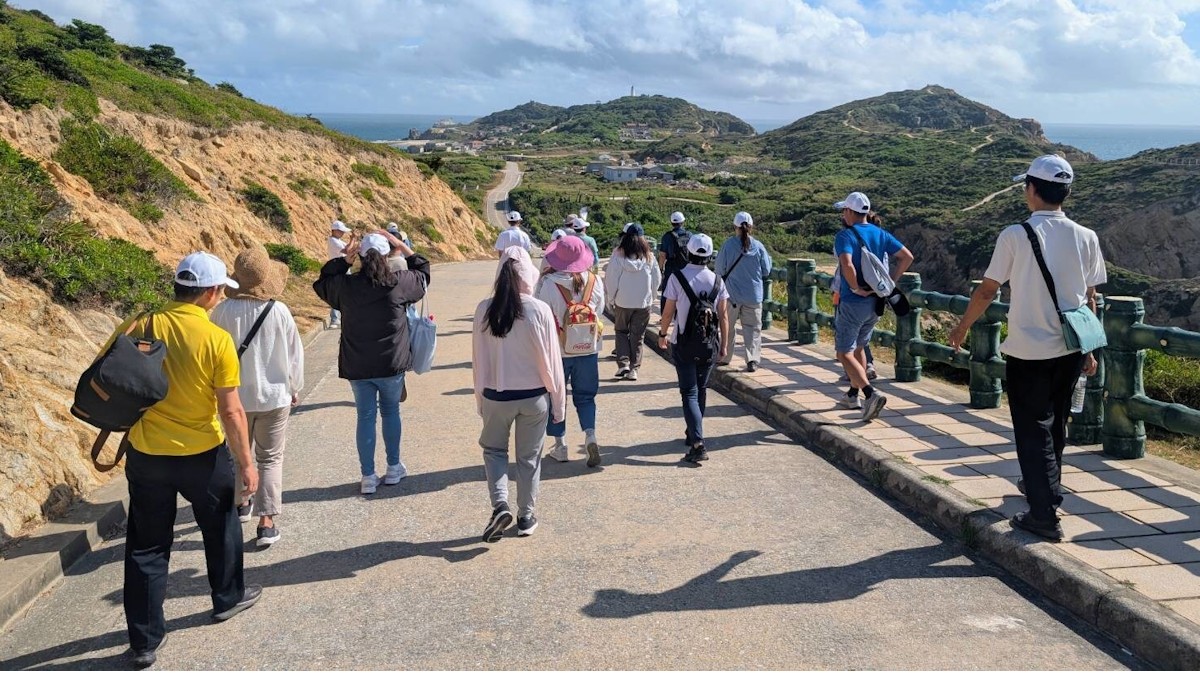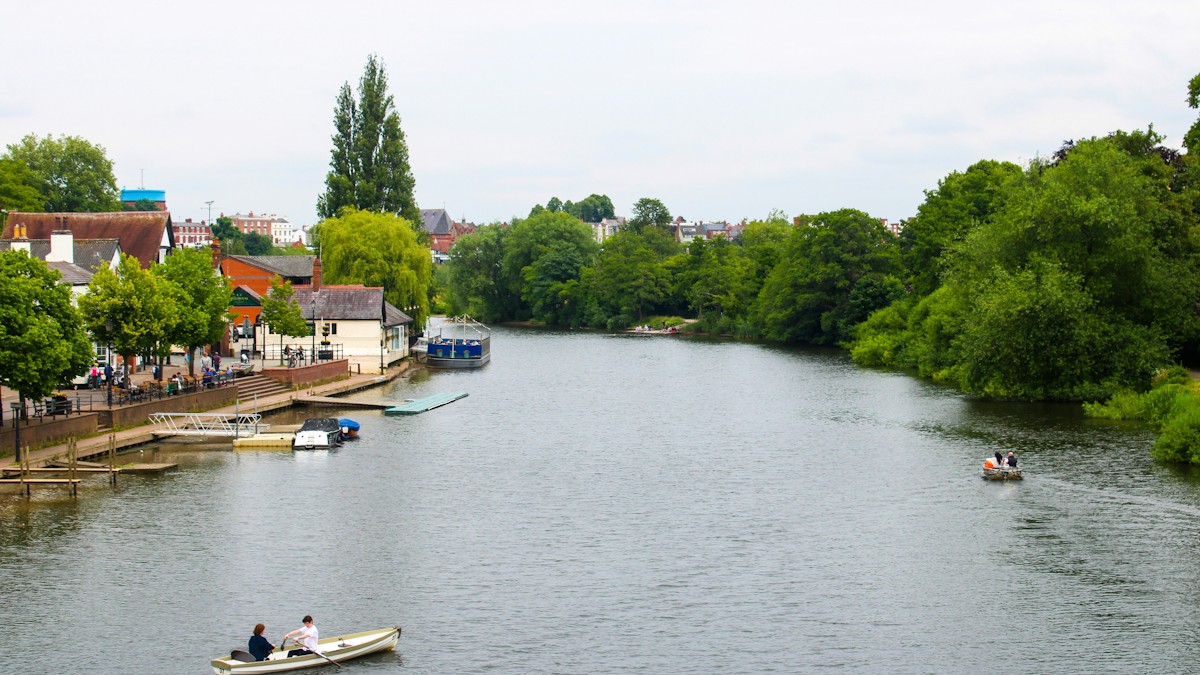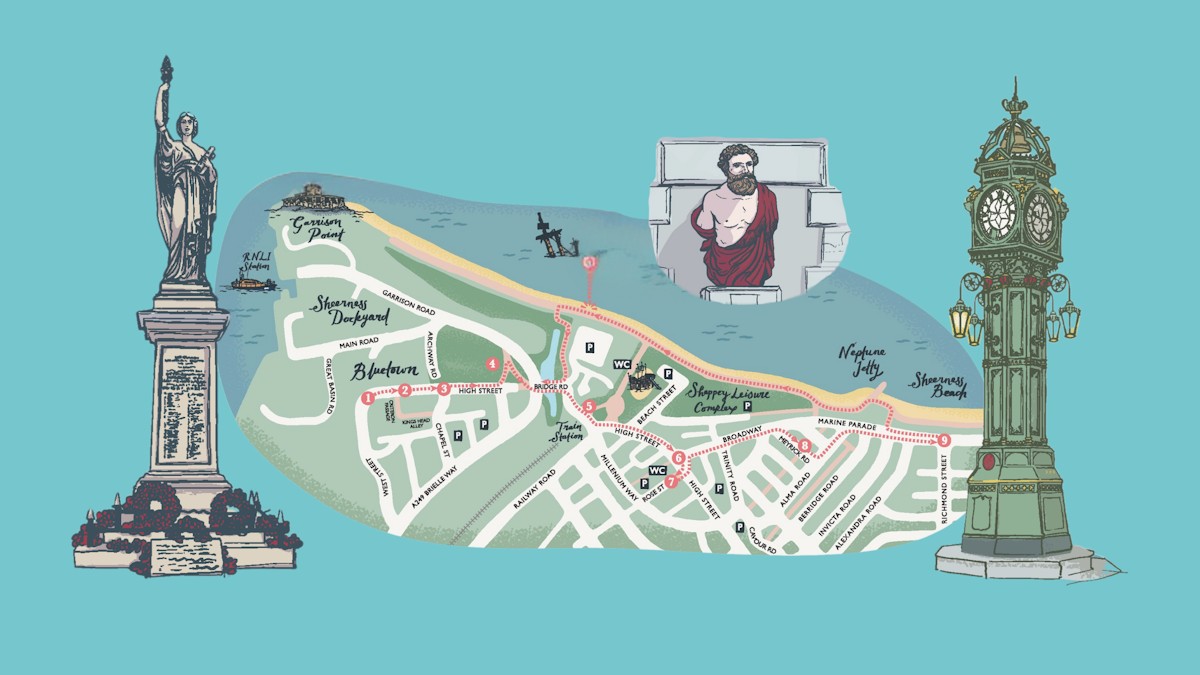Hampshire County Council has unveiled plans to make walking and cycling easier and more accessible in the future in both the New Forest and Winchester.
The New Forest and Winchester Local Cycling and Walking Infrastructure Plans (LCWIPs), are a step forward for improving active travel options, supporting public health, and protecting the character of both areas.
Developed in collaboration with New Forest District Council, Winchester City Council, New Forest National Park Authority, and Forestry England, the plans outline targeted enhancements to walking and cycling routes – making active travel the natural choice for shorter journeys.
Key highlights of the New Forest plan include: a network of primary and secondary cycling routes, connecting communities such as Ringwood, Brockenhurst, Lymington, and New Milton; designated core walking zones in key towns and villages including Fordingbridge, Lyndhurst, and Brockenhurst, where infrastructure improvements will be prioritised; and integration of leisure routes to reflect the New Forest’s role as a major visitor destination, supporting active travel for both residents and tourists.
Highlights of the Winchester City plan include: a two-part plan reflecting the district’s urban and rural geography, with this city-specific plan completing the overall district strategy; identified primary cycling routes including Kings Barton to Abbotts Barton, Swan Lane, Sarum Road to Stockbridge Road, Abbotts Barton to North Walls, and Badger Farm to Christchurch Road; designated core walking zones in central areas such as St. George’s Street, The Broadway, High Street, Newburgh Street, and Jewry Street, prioritising infrastructure improvements; and five top walking routes identified for enhancement: Andover Road, Hillier Way, Romsey Road, Hyde Street, and Stockbridge Road.
Councillor Nick Adams-King, leader of Hampshire County Council, said: “These plans are a vital step in creating more connected, active, and environmentally responsible communities across Hampshire – and their publication now means that we have network proposals in place covering the entire county. By making walking and cycling safer, more accessible, and more attractive, we’re helping to reduce car dependency, improve air quality, and support healthier lifestyles for residents and visitors alike.”
